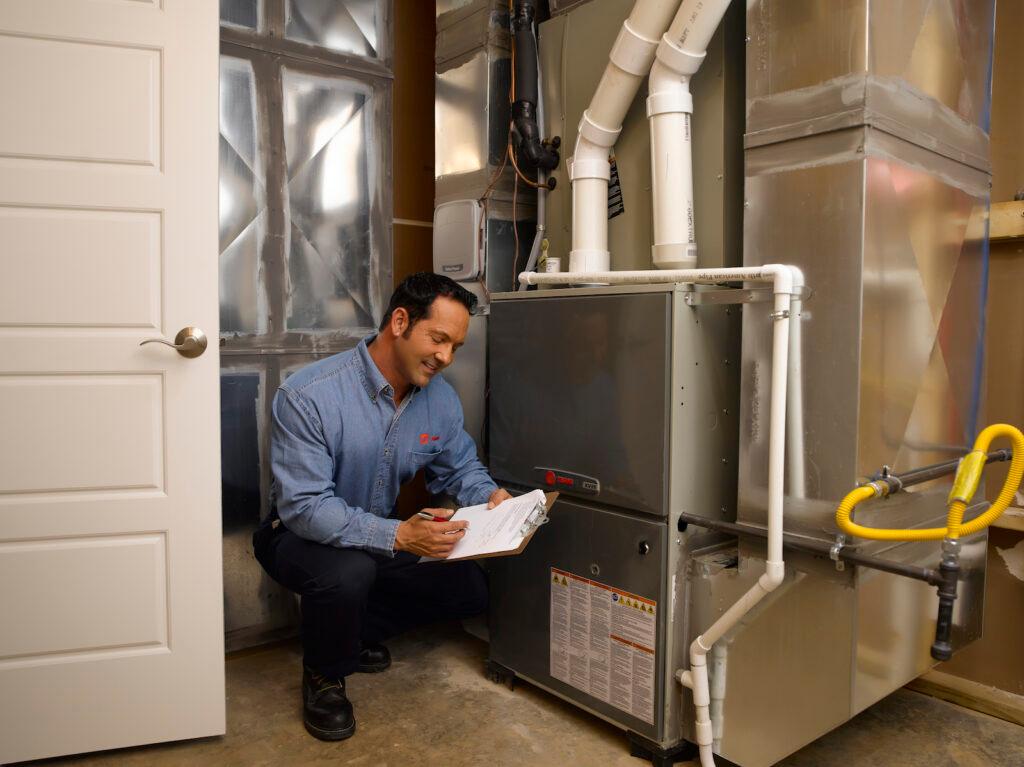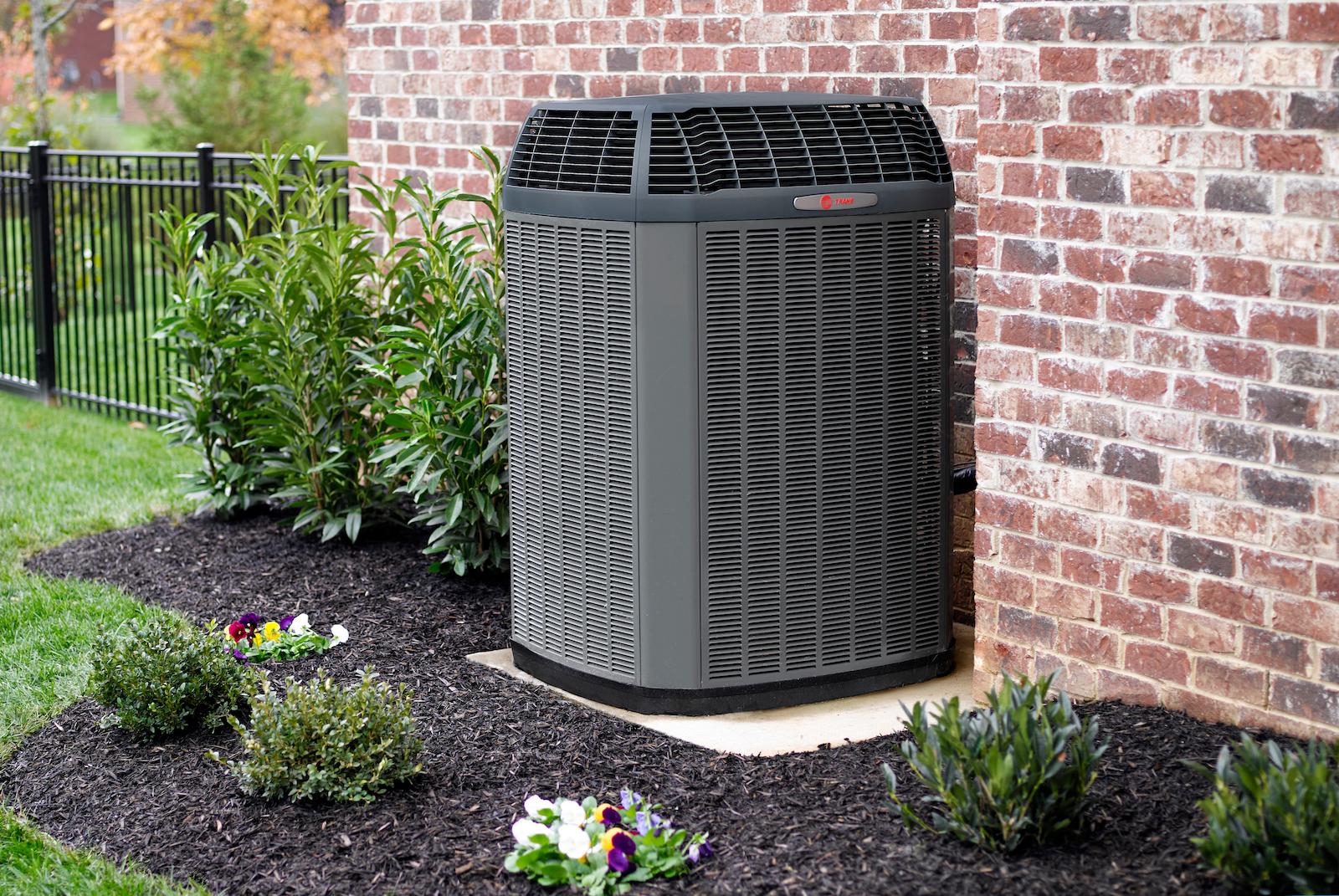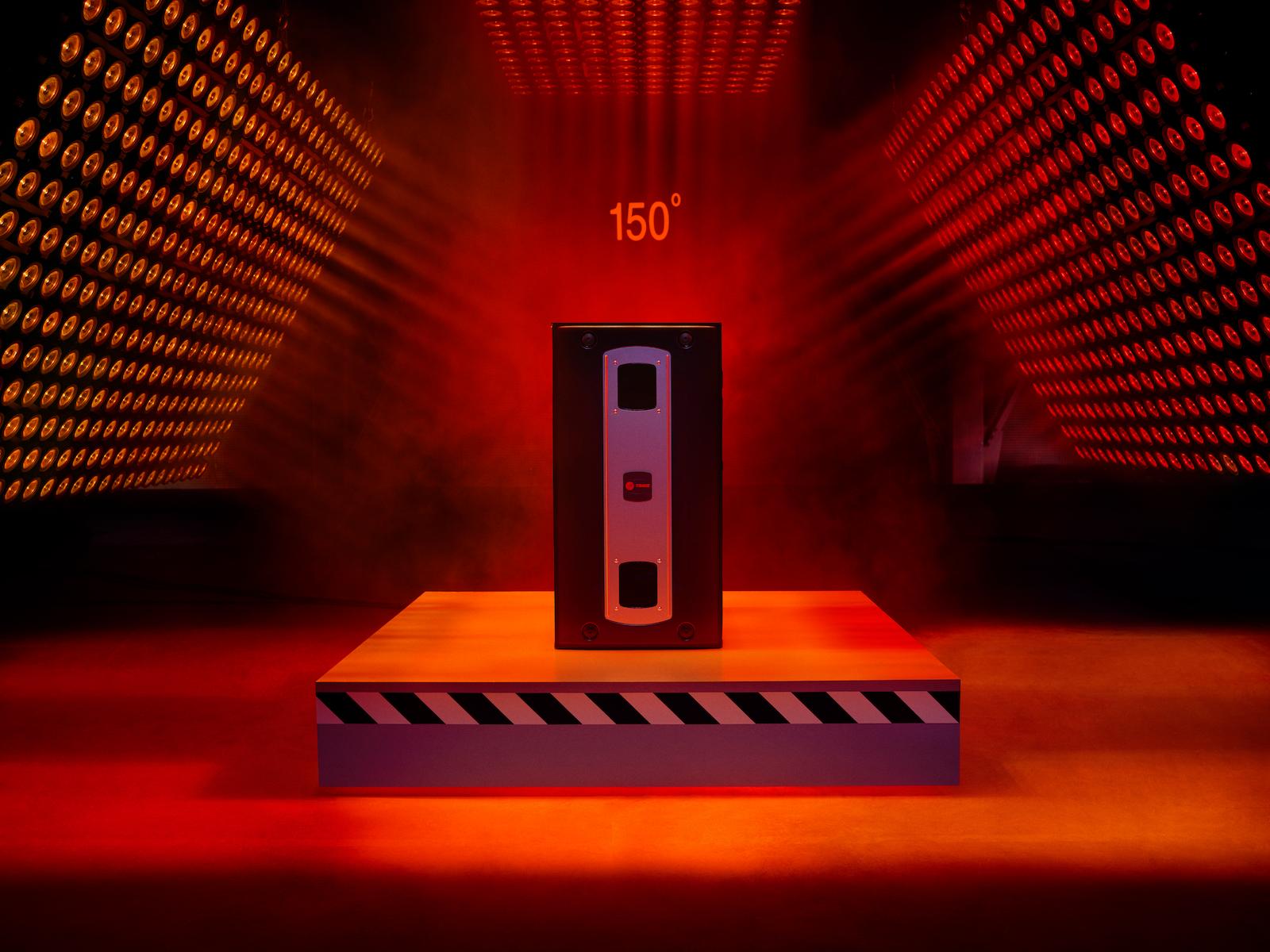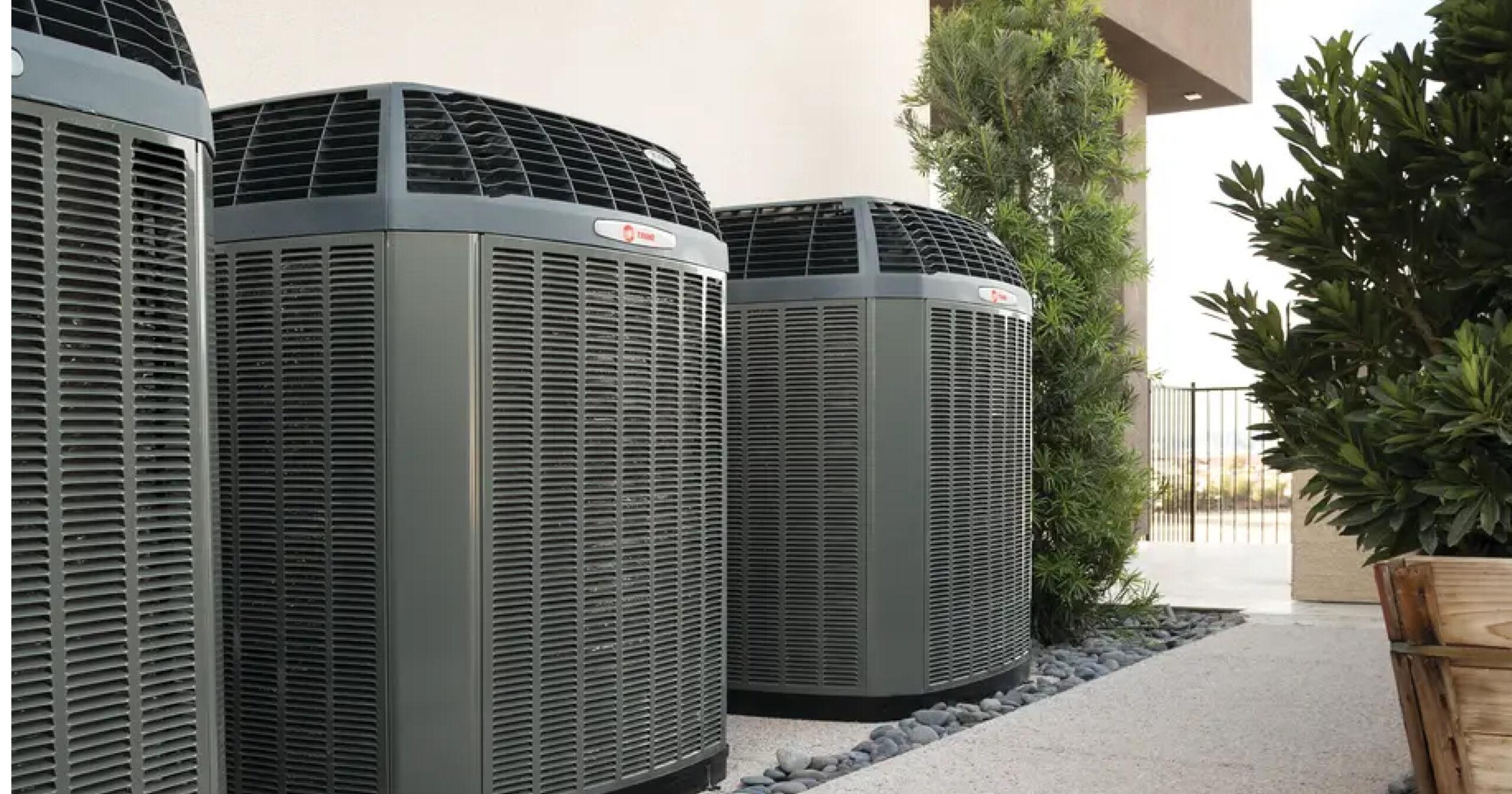5 Common Myths About Home Furnaces
Don’t fuel the fire of bad information — save your home furnace and wallet by separating fact from fiction.
Home furnaces have long been a popular and trusted option for heating homes in the fall and winter seasons. Despite this, many homeowners need clarification regarding how they work or what the best practices are. In turn, this allows myths and misconceptions to arise. Unfortunately, following the wrong advice can lead to costly repairs, inefficient or ineffective heating, increased utility bills, and decreased comfort. To avoid these problems, explore 5 common myths about home furnaces that aren’t true:
Myth #1: Close the vents in rooms you don't want your furnace to heat.
FALSE: While common sense might indicate that closing a vent would prevent your home furnace from heating a particular room, this is false. People often close their HVAC vents because they believe it will improve their comfort level or because they want to decrease energy use. The truth is that closing the vent entirely does the opposite. Your furnace is designed to distribute heat equally throughout your home—even if the vents are closed. Closing a vent simply makes the system work much harder and less efficiently.
In addition to this, it can alter the pressure inside of the ductwork and lead to leaky ducts, damaged heat exchangers, and other critical problems. This leads to increased energy bills and a decreased life expectancy for the home furnace and ductwork. Instead, keep the vents open and allow the air to flow freely in all areas of your home. If one room tends to be too warm, close the vent slightly. This will improve comfort without creating pressure build-ups.
If your home furnace constantly struggles to keep your home comfortable, consider having an HVAC technician inspect your system. Your system may need repair, or it may be time for a new furnace installation if yours is nearing the end of its lifecycle. With proper maintenance and upkeep, this is usually around 15 to 20 years.
Myth #2: It's normal to have cold feet inside your home in the fall and winter.
FALSE: Many people mistakenly believe it is normal to have cold feet while barefoot in the house during colder months. This is false and cold floors indicate that your home is not well-insulated. In turn, this allows the hot air your home furnace generates to escape through the floors, the windows, or other avenues. In addition to creating energy inefficiencies that can raise your utility bills, it hinders the comfort level throughout your home. To improve heat retention, check the sealing around your doors and windows. If your windows feel cold to the touch or are drafty, consider replacing them.
You should also hire a professional to check the insulation levels in your home. The recommended amount varies from one location to another, but an expert can provide specific guidance for your region and your home’s unique layout.
Myth #3: Efficiency should be your main focus when shopping for a home furnace.
FALSE: Home furnaces and HVAC systems have made great strides in becoming more energy-efficient over the years. In the past, the average efficiency rates were typically around 56 to 70% AFUE (annual fuel utilization efficiency). Today, even moderately efficient systems have an 80-83% AFUE, while high-efficiency home furnaces can go up to 98.5% AFUE. This decreases a home’s carbon footprint–reducing strain on the environment–while also lowering utility bills.
Despite this, a high-efficiency furnace installation won’t make much of a difference if it's all you focus on. You must place an equal focus on optimizing your home for heating. This means that you should inspect all windows and doors and ensure that they are sealed. Likewise, have an expert inspect the insulation levels in your home to ensure that they meet local recommendations.
Lastly, ENERGY STAR estimates that 20 to 30% of all hot air generated by furnaces is lost due to leaks or poor connections in the ductwork. To avoid this, hire an HVAC technician to inspect your ductwork thoroughly. If leaks are found, ensure they are sealed or properly repaired for maximum efficiency. This will decrease the demand placed on your home furnace as temperatures will be easier to maintain, which also helps to extend the life cycle of a furnace.
Myth #4: Use your old home furnace as long as possible.
FALSE: Because home furnaces and HVAC systems are a costly investment, many homeowners make the mistake of running their furnaces to the ground. They continuously replace broken parts for many years until suddenly, one day, it quits working altogether. While furnace repairs are an essential part of homeownership, creating a “frankenfurnace” only causes your old system to work less efficiently. This also drives up your utility bills and decreases the comfort levels throughout your home.
If your existing furnace is nearly the end of its typical 15 to 20 year lifecycle, requires frequent repairs or simply doesn’t heat like it used to, replacing it is an all-around better choice. Although a new furnace installation seems expensive upfront, it will save you money in the long run. This is because newer models are much more energy efficient than in the past, and a new system won’t have to work as hard as one that has been patched together with quick fixes or repairs. Find a new home furnace that uses less energy and fits your family’s budget.
Myth #5: Your home furnace doesn't need regular maintenance.
FALSE. Your home furnace should undergo a rigorous inspection at the start of each heating season to ensure safety and identify potential problems. Beyond that, it is important to change air filters and contact an HVAC pro if you notice a change in heating ability, smell, sound, or anything else out of the ordinary. Homeowners who believe this often find themselves facing large repair bills. They ignore regular maintenance like changing air filters or seasonal inspections because they believe their system works fine– and this may be true. But, while the furnace may appear to be running properly on the surface, there could be small, underlying problems that aren’t apparent until maintenance or an inspection is performed. In these instances, an HVAC repair technician can spot and remedy the issue before it affects performance.
Without this opportunity, the home furnace will continue running until the problem affects its performance. This may mean costly repairs, energy inefficiencies, or even a decrease in the system's lifespan. Don’t let small problems turn into large bills. Regular maintenance is necessary to keep your home furnace in top shape.
Your local Trane Comfort Specialist can help fix any issues you might have with your furnace, along with recommendations or furnace installation services. You can also schedule seasonal maintenance to keep your system at its peak year-round.




